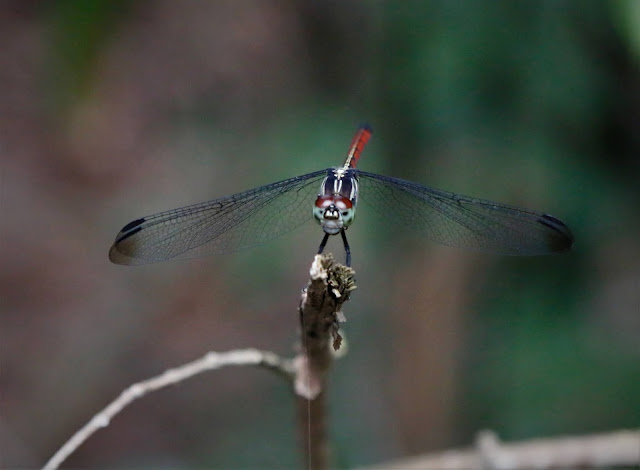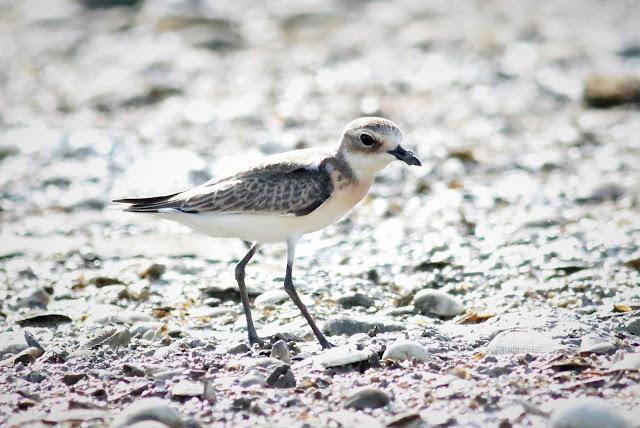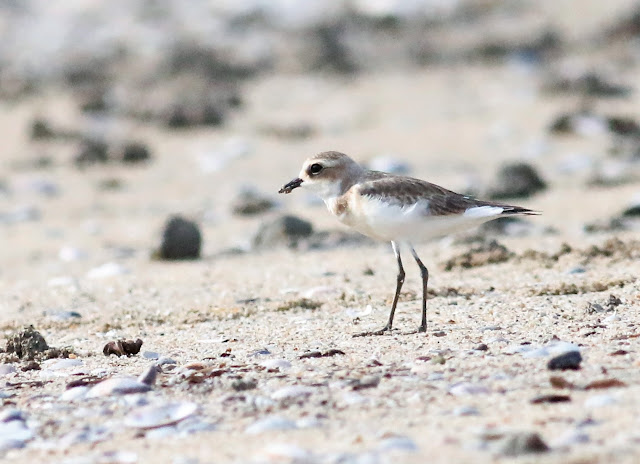Here are some of the flora and fauna photos captured in early 2021 till todate. I will start with some mammals and insects which I have encountered in my field trips.
Dusky Leaf Monkey / Dusky Langur / Spectacled Leaf Monkey
Status: Near Threatened
They don't call them leaf monkeys for nothing.
These are White-thighed Surili (Presbytis siamensis)
They got very long tail.
Status: Near Threatened
They can move fairly easy in the thick jungle despite their size.
This must be an adult female.
Long-tailed Macaque
A very friendly juvenile / sub adult Wild Boar.
Most of these juveniles are curious lots
Family bonding time.
It came very close to 'smell' me but unfortunately I did not bring any food for them.
So it decided to show me where and how they find their food - right in front of me.
Their snout acts like a shovel.
Local folks told me that they have seen wild boars on the beach. I don't believe them initially until I saw these tracks.
A cicada is said to live under-ground for a couple of years before they finally emerge.
When they finally emerged, their life span is around two to five years only.
There were quite a lot of butterflies but this one caught my attention.
This stick insect is endangering itself by sunbathing in the open.
Another sticky insect.
According to the experts here, this is a female 'Green-striped flying stick insect' (Presbistus peleus).
This looks like a stint bug.
Part 2 of the series coming up in the next post !





















































